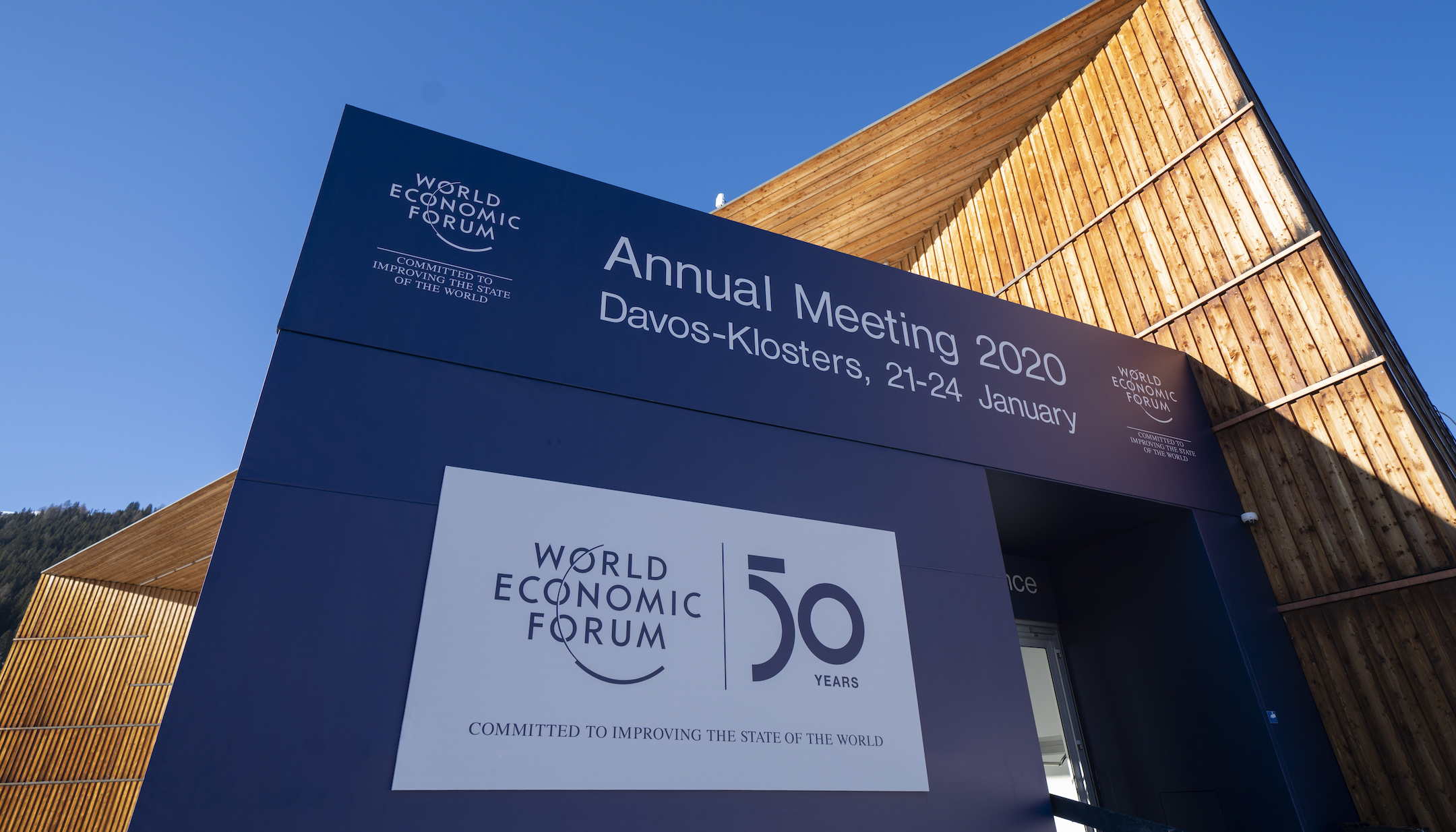BY LOUISE MERCER
// Chief Experience Officer
Louise Mercer, Chief Experience Officer at Everledger, argues that new retail behaviours from the last 12 months won’t be unlearned in the luxury goods market. This rapid evolution pushes the need for digital provenance up the agenda.
The pandemic has accelerated the shift to e-commerce by five years, according to IBM’s annual U.S. Retail Index. It feels about right, doesn’t it? People never bought groceries online before. Now they do. People once said they’d never buy clothes online, because they need to try them on. Now they do.
Even when COVID-19 subsides and we get back to some sort of normalcy – this year or next – then it’s hard to see people unlearning these new behaviours. Just like the work-from-home revolution, the elastic band has stretched so far that it will never spring back to what it was before.
The one market that might buck this trend, you’d think, is luxury goods. Take diamonds and jewellery, for example. The traditional bricks-and-mortar experience is so compelling, because you can touch and feel before you buy. You can verify the legitimacy of a piece of jewellery with your own eye or by talking to the shopkeeper. Indeed, as many as 95% of consumers would prefer to buy diamond jewellery in person, according to this year’s Bain report.
In the first half of 2020, lockdowns in major world cities and an economic downturn caused a 15% reduction in diamond retail. Department stores and malls were especially badly affected. You can’t do curb-side collection with a $10,000 ring! For many retailers, it was e-commerce or bust.
Yet, in the second half of 2020, the diamond jewellery market proved its resilience. A successful holiday season, particularly in the US and China, led to a 10% and 20% rise in the fourth quarter, respectively, compared to the same period of 2019. Remarkable as it might sound, jewellery sales in the US were actually higher in 2020 than 2019. Despite the turbulence of the pandemic, which forced 80% of its sales online, Tiffany’s global sales were up 2% year-on-year during the Christmas and New Year period, on the back of strong progress in Asia.
Trade has picked up in very interesting ways too. At the top end of the market, fine jewellery sales had bounced back by the summer due to a strong stock market, disposable income and the lack of luxury travel opportunities (the main competitor with diamond sales for wallet share). Instead of marking a major anniversary with a lavish vacation, couples chose to splash out on a jewellery gift instead, investing in something that could endure whilst the turbulence of 2020 raged around them, and be enjoyed at home. Self-gifting boosted sales, as people decided to spoil themselves with something fabulous. While no one can see your new shoes on zoom, people can still see your new diamond earrings.
E-commerce met the moment in the diamond industry, with around 20% of retail sales occurring online. Major diamond jewellery retailers posted up to 60% to 70% year-over-year sales growth in their online channels. Clearly, thousands of buyers who would never have contemplated purchasing fine jewellery online have adapted. Time will tell if the elastic band has stretched too far, but one thing is clear: for those businesses that survived and even prospered during COVID-19, a hybrid clicks-and-mortar approach now makes a lot of sense.
As the picture comes into focus after the chaos of 2020, we see that the question of authenticity has been forced up the agenda by the pandemic and the surge towards e-commerce. Without the ability to try before they buy, shoppers are increasingly concerned about the provenance and authenticity of items. Sticking with the jewellery scenario, customers can expect to be shown clear evidence that diamonds and precious stones are a) natural, b) non-conflict and c) environmentally friendly. Even if customers get back into stores, demand for a hybrid of digital and physical proof points may be expected.
In an online market, there needs to be adequate provenance mechanisms to help customers find the reliable information they want. In the past, exchanges might have seen digital provenance as a nice-to-have, rather than business critical. They could substantiate the legitimacy of a trade face to face. As custom shifts online, so the trust game is going digital too.
There feels like a gathering convergence of different factors that are causing a groundswell towards digital provenance. We have COVID driving online traffic, the growing need for authenticity, and also the sustainability ‘zeitgeist’, with the pandemic lockdowns giving consumers more time to consider the environmental impact of their decisions. There is a snowballing effect happening, with a torrent of new solutions entering the market, tracing products from all kinds of sectors.
It’s not just in the diamonds industry. Companies that never had to worry about substantiating provenance before are looking for assistance. The Australian wool industry is a great example. For many years, the Woolmark represented authenticity. It was something that the trade took at face value. But now, the industry has taken the proactive step of evidencing origin Australia on a blockchain-protected digital platform to safeguard the global reputation of sheep farmers and the trustmark.
Fine wines and spirits are also investing in digital provenance to fight counterfeiting and highlight the quality of their product from a marketing perspective. Done well, brands can find a trifecta of benefits from digital provenance: authenticity, sustainable sourcing and also enhanced customer experience, as drinkers are invited to explore the traditions and human interest stories behind each bottle.
It’s true that some customers are not yet ready to prioritise provenance in their purchasing decision. Yet, the tipping point for provenance could come anyway. For example, the Modern Slavery Act legislation in Australia is increasingly demanding that insurance companies take control of their fulfilment chains. Do their supply chains for repair meet human rights obligations? Financial institutions are also under growing pressure to show transparency on asset transactions.
Finding a skeleton in the supply chain closet can result in a massive commercial backlash. For large apparel brands, the spectre of fast fashion has proved a bugbear for a long time. Fashion brands are using technology such as blockchain to highlight their sustainable sourcing of materials. Equally, technology companies have faced pressure to ensure their precious metals and rare earths are conflict free and sustainably mined.
Take note. Luxury brands are starting to view digital provenance as business as usual. They may not advertise that items are sustainably sourced – however, reputation insurance is a powerful motivation. They want a substantiated audit trail, in case the need ever arises, but also to pass a clear message about their values down the supply chain.
The commercial model of the future is likely a combination of online and in-store, bricks and clicks. Retailers will need a provenance solution that can transcend the digital and physical space. Everledger is ideally positioned to help achieve exactly that.










